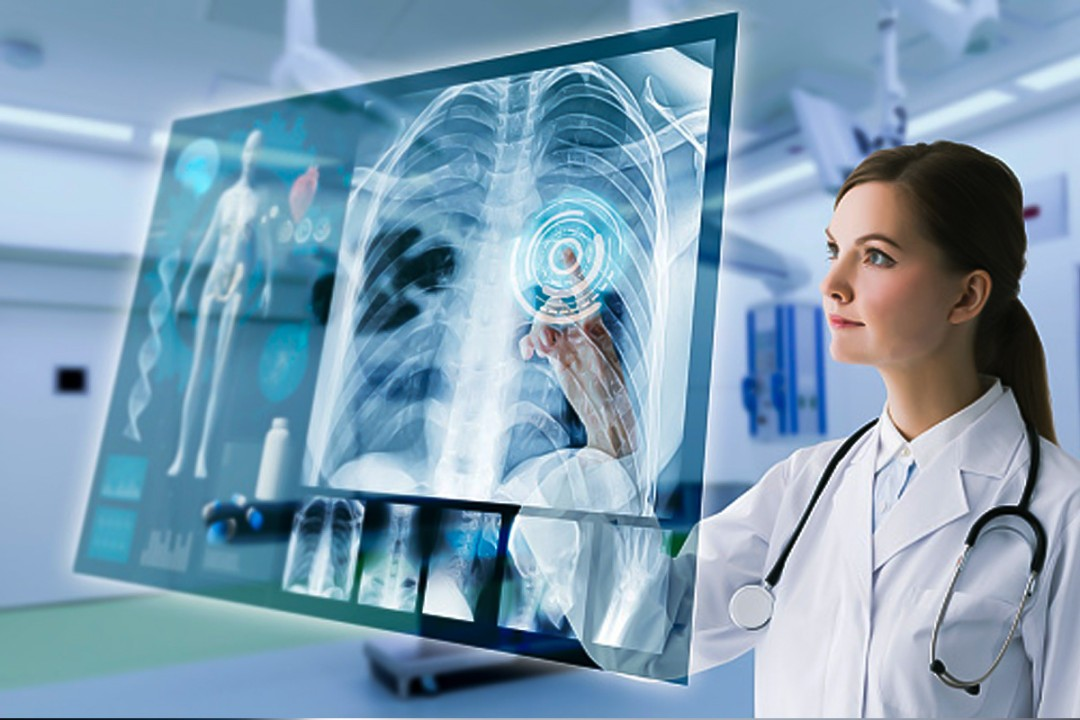In the rapidly evolving field of medical diagnostics, modern radiology software systems have become indispensable tools. These sophisticated platforms are transforming how radiologists interpret imaging studies, enhancing diagnostic accuracy, improving workflow efficiency, and ultimately leading to better patient outcomes. This article explores the profound impact of these advancements on the field of radiology.
Advancements in Radiology Software Systems
Modern radiology software systems have revolutionized the diagnostic process by integrating advanced technologies such as artificial intelligence (AI) and machine learning. These systems offer enhanced image processing capabilities, allowing for more precise and detailed visualizations. AI algorithms can assist radiologists in identifying subtle abnormalities that might be missed by the human eye, improving diagnostic accuracy. For instance, AI-powered tools can analyze patterns in imaging data to predict disease progression or detect early signs of conditions like cancer or cardiovascular diseases.
Enhancing Diagnostic Accuracy
One of the most significant benefits of contemporary radiology software system is their contribution to diagnostic accuracy. Traditional methods of image interpretation rely heavily on the radiologist’s experience and skill, which can be subject to variability. Modern software systems reduce this variability by providing standardized analysis and measurement tools. Features such as automated lesion detection, quantification of tissue characteristics, and comparative imaging analytics enhance the radiologist’s ability to make accurate diagnoses.
Furthermore, these systems facilitate the integration of multi-modal imaging data, such as combining MRI, CT, and PET scans. This holistic approach allows radiologists to view comprehensive, multi-dimensional representations of patient conditions, leading to more accurate and informed diagnoses.
Streamlining Workflow and Efficiency
Efficiency in radiology is critical, given the high volume of imaging studies and the need for timely results. Modern radiology software systems significantly streamline workflows by automating routine tasks and reducing manual input. Features such as automated report generation, image archiving, and retrieval systems improve operational efficiency.
For example, advanced software systems can automatically generate preliminary reports based on image analysis, allowing radiologists to focus on complex cases and clinical decision-making. Additionally, the integration of voice recognition technology enables rapid transcription of radiological findings, further speeding up the reporting process.
Facilitating Collaboration and Communication
Effective collaboration among healthcare professionals is essential for optimal patient care. Modern radiology software systems enhance communication by providing platforms for secure sharing and collaborative analysis of imaging data. These systems often include features such as cloud-based storage and real-time image sharing, enabling radiologists, referring physicians, and specialists to access and review images simultaneously from different locations.
This collaborative approach fosters interdisciplinary discussions and consultations, leading to more comprehensive and coordinated patient care. For instance, a radiologist can easily share complex imaging studies with a surgical team to plan a procedure, or with an oncologist to discuss treatment options based on detailed imaging findings.
Supporting Research and Development
The impact of radiology software systems extends beyond clinical practice into research and development. These systems support the analysis of large datasets, facilitating research into new diagnostic techniques and treatment modalities. By leveraging advanced data analytics and machine learning algorithms, researchers can identify trends, correlations, and novel biomarkers that contribute to the advancement of medical knowledge and innovation.
Additionally, the continuous evolution of software systems ensures that radiologists and researchers have access to the latest technological advancements, enabling them to stay at the forefront of the field and contribute to ongoing improvements in diagnostic imaging.
Ensuring Data Security and Compliance
With the increasing digitization of medical data, ensuring the security and privacy of patient information is paramount. Modern radiology software systems incorporate robust security measures to protect sensitive data from unauthorized access and breaches. Compliance with regulations such as the Health Insurance Portability and Accountability Act (HIPAA) is a fundamental aspect of these systems, ensuring that patient information is handled with the utmost confidentiality.
Features such as encrypted data transmission, secure user authentication, and audit trails are integral to maintaining the integrity and security of imaging data. These measures not only protect patient privacy but also enhance trust in the use of digital radiology systems.
Conclusion
The advent of modern radiology software systems represents a transformative shift in diagnostic imaging. By enhancing diagnostic accuracy, streamlining workflows, facilitating collaboration, supporting research, and ensuring data security, these systems are revolutionizing the field of radiology. As technology continues to advance, the potential for further improvements in diagnostic precision and patient care is boundless. The integration of innovative radiology software systems underscores the ongoing commitment to advancing medical practice and improving health outcomes.

